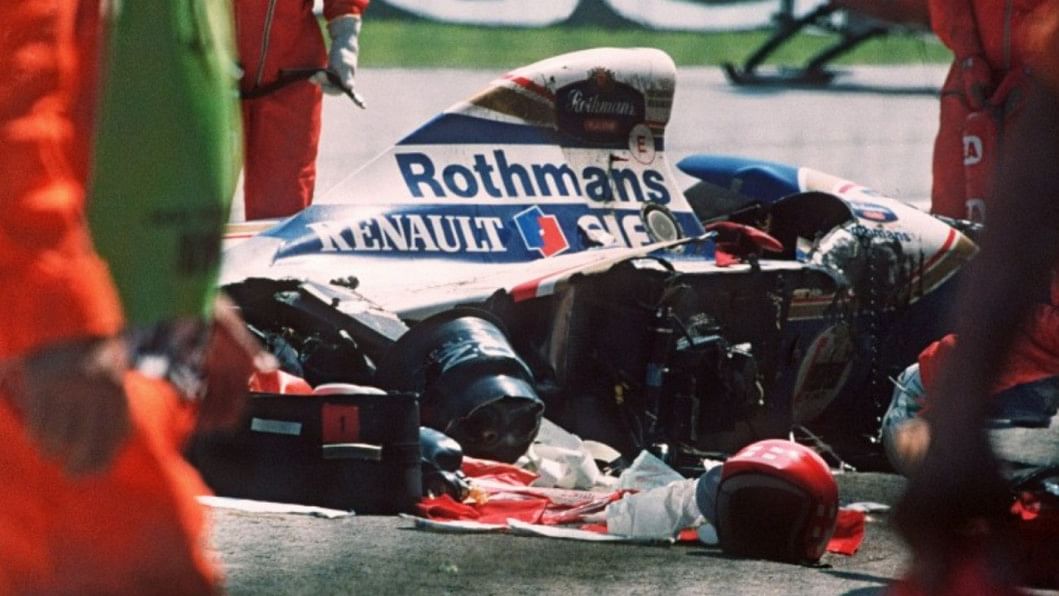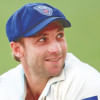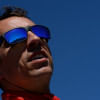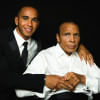Sporting deaths that sparked safety re-thinks

Sporting tragedies that have sparked changes to safety standards:
Formula One
French driver Jules Bianchi died in a fatal crash at the Japanese Grand Prix in 2014. The sport introduced several new safety regulations in the aftermath, including a virtual safety car and bringing race starts forward to avoid drivers having to race in poor light. A proposed closed-cockpit, however, was shelved. His death was the first in the sport since Ayrton Senna in 1994, whose demise led to wider run off areas, safer track design and greater head and neck support.
Cricket
Batsman Phillip Hughes died after he was struck on the neck by a bouncer during an Australian domestic match in 2014, stunning the sporting world. An independent review into the tragedy, ordered by Cricket Australia, recommended that helmets made to British safety standards be compulsory for batsmen and fielders near the wicket. It also said a defibrillator should be available at all first-class matches.
Yachting
The 1998 blue-water classic Sydney to Hobart race was the most disastrous in its history with the loss of six lives and five boats after the fleet was struck by horror storm. As a result, crew eligibility rules were tightened, requiring a higher minimum age and more experience, lifejackets were improved and sea survival courses are now mandatory for competitive sailors globally.
Football
Cameroonian Marc Vivien Foe's death on the field in a Confederations Cup semi-final in 2003 from a heart condition proved to be a wake-up call for soccer. There have since been huge improvements in both the testing of footballers for heart problems and the treatment they receive during matches, including training sideline medical teams in CPR and using defibrillators.
Boxing
The death of Welsh legend Johnny Owen in 1980 as a result of injuries sustained in a world title fight led to title bouts being reduced from 15 to 12 rounds and, eventually, weigh-ins at least 24 hours ahead of a fight to prevent dehydration and compulsory brain scans. A series of boxing deaths since then has seen regulations introduced requiring doctors and anaesthetists to be ringside.
Nascar
The death of rising star Adam Petty 16 years ago from head trauma when his accelerator got stuck and he ploughed into a trackside wall at the New Hampshire Motor Speedway led to an overhaul of safety standards. The most notable was the introduction of a kill switch -- a red button on the steering wheel which shuts down the car. Mandatory head and neck supports and new seat belts have also since been introduced.










Comments